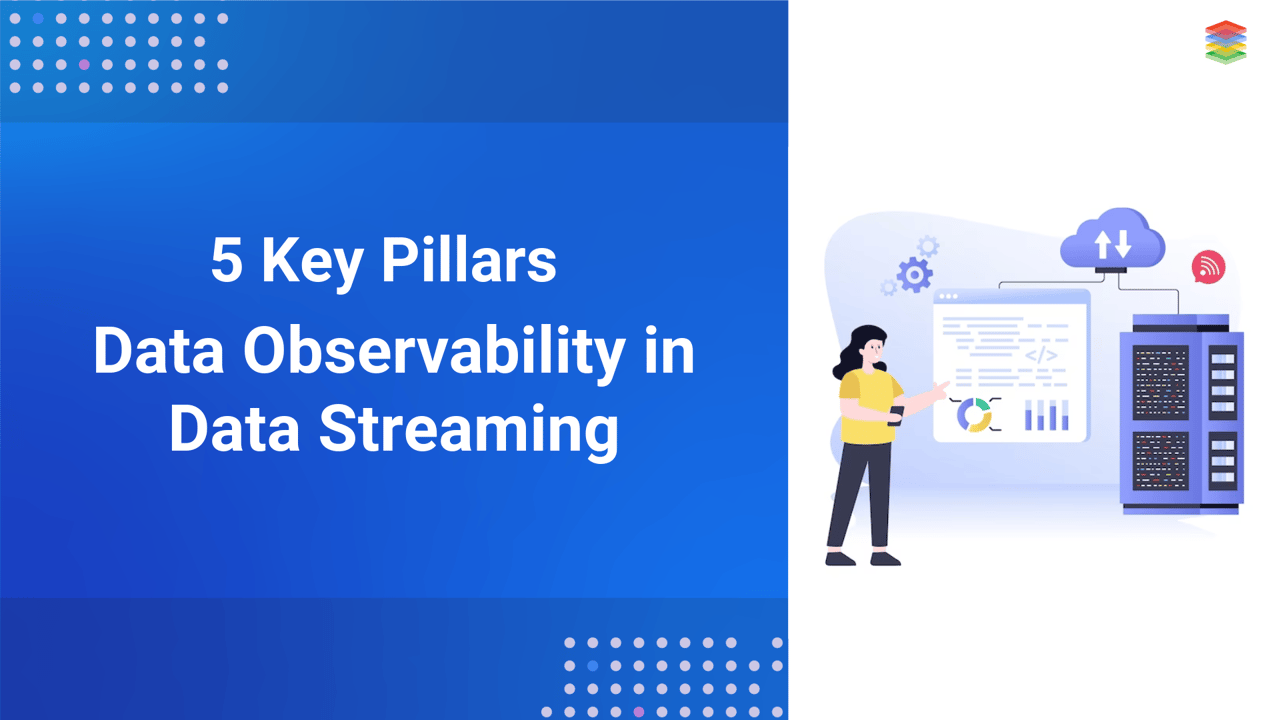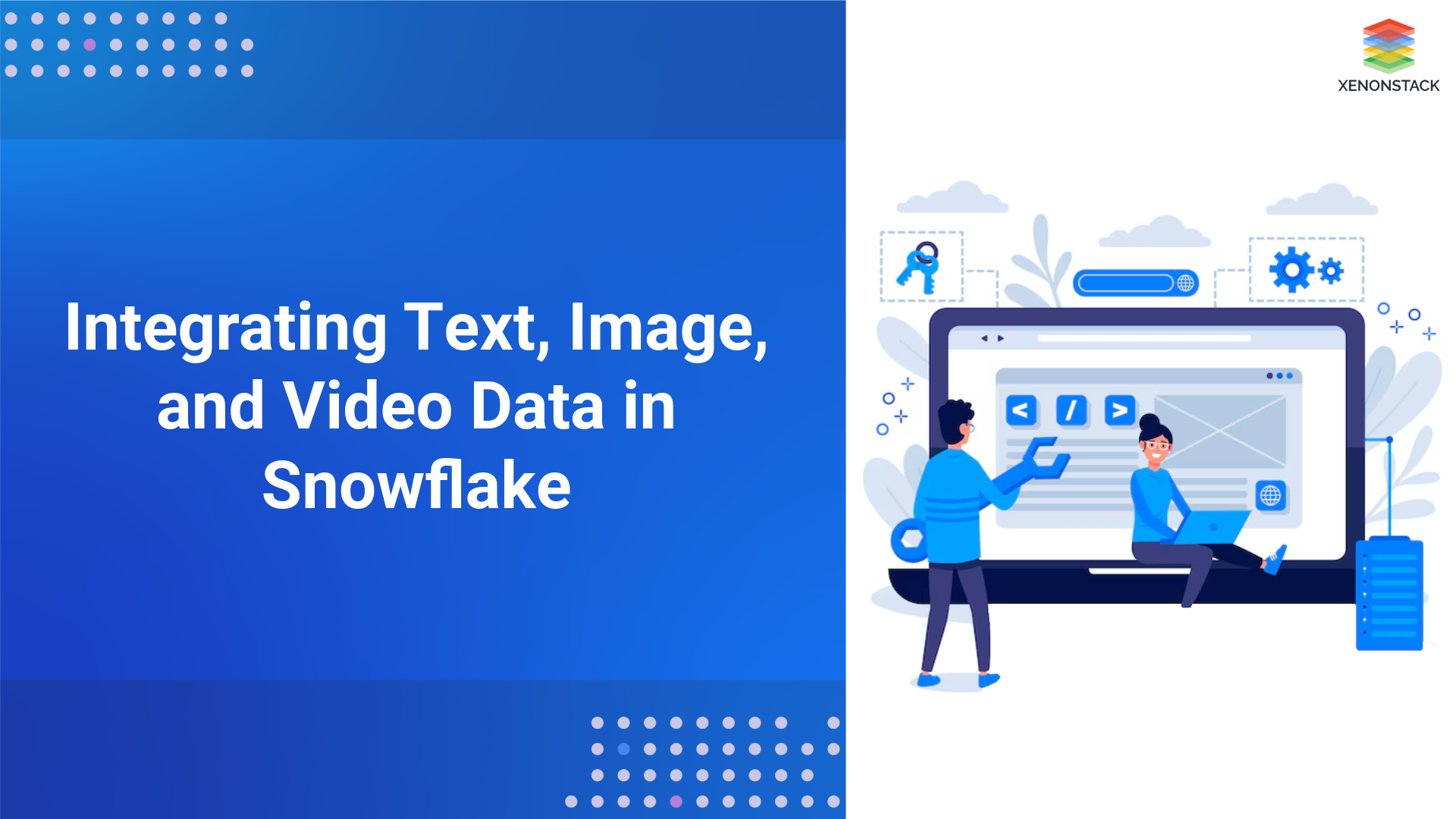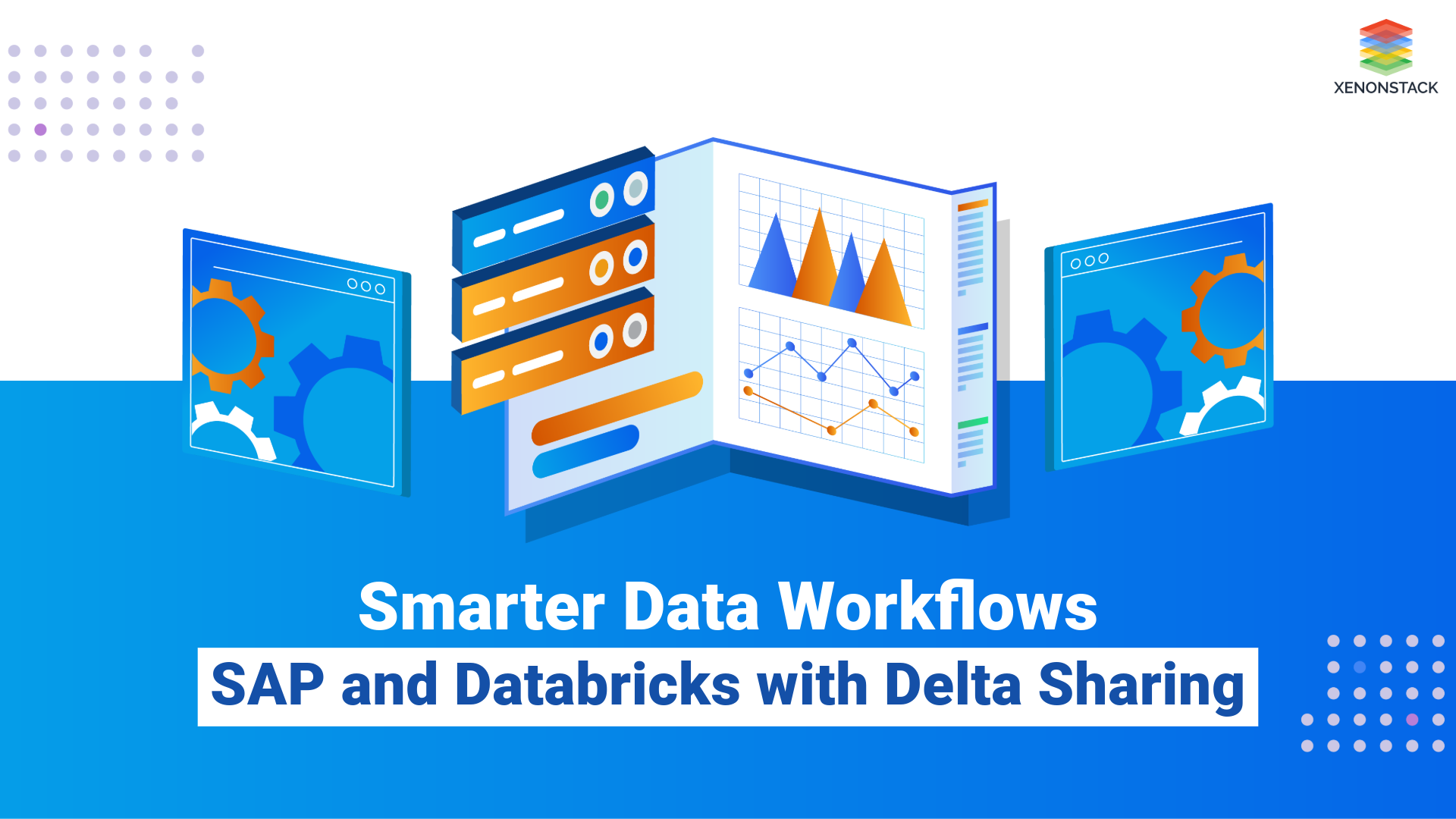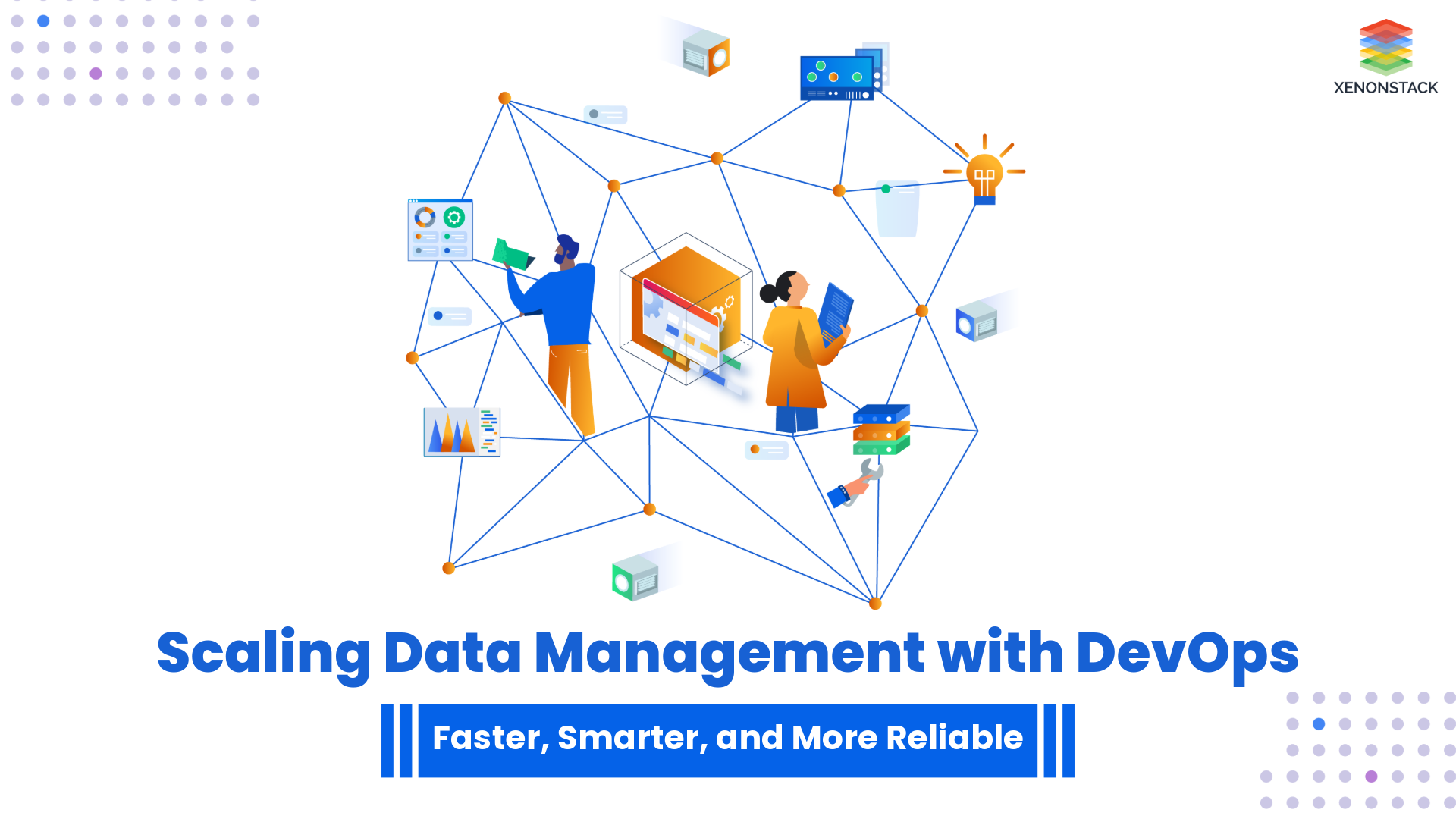
Introduction to Data Observability in Streaming Systems
Information serves as the lifeblood of current business processes in the context of globalization. In everything from online marketplaces to entertainment streaming, real-time data Streaming in terabytes shapes all facets of operations, from strategic planning to buying habits to revenue. As such, data continually streams through multiple systems, and its management and monitoring assume tremendous importance. This is where data observability steps in.
Data streaming refers to the continuous, real-time flow of data, and data observability is monitoring, troubleshooting, and optimizing the health of this flow of data. One has to make sure that the data pipelines are as observable or as visible as possible, with the premise being that these will be employed in understanding how data moves within systems, in identifying if there are issues that need resolution, as well as in ensuring that the integrity of the data being crunched has been preserved. Organizations must focus on five essential pillars for robust data observability.
In this blog post, we will discuss the five pillars of data observability, what each one entails, why each one matters, and how they collectively contribute to a hassle-free and safe experience in the flow of data streams.
Why do we need Data Observability?
Data and analytics teams would be flying blind if they didn't have insight into data pipelines and infrastructures. They wouldn't fully comprehend the pipeline's health or what was happening between data inputs and outputs. The inability to grasp what's happening across the data lifecycle has several drawbacks for data teams and organizations.
Organizations' data teams grow in size and specialization as they become more data-driven. Complex data pipelines and systems are more prone to break in such settings due to a lack of coordination, miscommunication, or concurrent changes made by team members. Data engineers don't always get to work on revenue-generating tasks because they're continuously resolving one data or pipeline issue or attempting to figure out why a business dashboard looks out of whack. I understand that this can be a pain in the neck at times.
Why Data Observability is Crucial for Real-Time Streaming Analytics
In recent years, data observability has gained increasing attention because businesses are constantly shifting toward Real time Analytics and data-driven decision-making. Observability had traditionally been linked to monitoring applications and systems, but the emergence of big data and real-time processing has brought about a much broader view of data flows.
The other one is data streaming, which is the continuous transfer of data, usually in large volumes, from one point to another point where it might be processed or analysed for immediate action. It takes a real-time approach while offering the ability to give insight into the challenge that it poses to monitoring and managing data integrity, performance, and security. Data observability answers those challenges by providing a clear, actionable view of the pipeline of data, thus helping teams see bottlenecks and errors and potential opportunities for optimization.
The Five Essential Pillars of Data Observability

1. Data Quality: Ensuring Accuracy and Trustworthiness
Data quality is the heart of any sound data streaming architecture. If proper and trustworthy data is not generated, the whole pipeline fails, resulting in flawed insights, improper decisions, and missed business prospects. Data quality has a few very key dimensions in it:
- Comprehensive: No missing data.
- Consistent: Invariable data between systems and over time.
- Accuracy: The data is correct and free from errors.
- Timeliness: Data processing and delivery should occur in the time required.
Data quality monitoring is more about preventing errors rather than catching errors. As such, there are mechanisms for data validation and processes of cleaning up data to assure the quality of the incoming data, and gates in quality in place.
Data quality has a direct impact on the efficiency and effectiveness of visualization tools, analytics artificial intelligence, and machine learning models. Thus, a bad dataset may lead to wrong predictions, pose business risks, and put paid to customer trust. This means the availability of high-quality data that can be relied upon, is as consistent as possible, and which can be readily acted upon.
2. Data Lineage: Mapping the Journey of Data
Data lineage would make a visual map of how the data moved from the source to the destination through the entire system. It tracks every step of the pipeline line, every transformation applied, aggregations on the data, and all kinds of processing actions. Knowing how the data has travelled will make it easier for the data teams to locate the problems and understand how data has been transformed and what the potential bottlenecks or inefficiencies.
In debugging large data pipelines, data lineage serves a very purpose, it assists with compliance and accountability in the functioning of data operations and contributes to auditing and verifying the accuracy and credibility of the results.

Fig - Trustworthy data with Data Lineage Approach
Significance: It makes the view to data lineage lucid and illustrative. Team can track all the way this data goes as a result through tracing which data went through, helps track problems easier as well as help maintain integrity. Data is proven to comply as well. Meanwhile, data flows can be made efficient, cut processing times while operations can run smoothly.
3. Data Monitoring: Real-Time Visibility into Data Health
The third aspect of data observability is about real-time monitoring of data streams, or in other words, providing constant state and health of the data. Data streams things go bad fast, and this could be due to a sudden surge in throughput, high latency or when an entire system fails. Performance parameters such as required throughput, response time, failure ratio, and resource use can be seen using tools used for data monitoring.
They are all real-time measurable and if there is any challenge, it will be flagged to the concerned team. For instance, where the throughput drops to a certain level or where error rates are soaring, it is possible to notify the operators, and they sort it out in real-time.
Significance: Monitoring of data allows an organization to react quickly before small problems become big outages or data loss. With constant visibility into KPIs, businesses can ensure that data flows without interruption, reduces downtime, and assures the accuracy of real-time analytics.
4. Data Tracing: Understanding Data Behaviour at a Granular Level
Data lineage gives a general overview of how data moves around, but data tracing is more specific. It traces individual data points in detail throughout the system. Data tracing allows teams to track specific data transactions and see how they would behave at every stage of the pipeline.
Such detailed visibility at a granular level is crucial for the performance diagnostics in terms of pinpointing the causes of performance issues and for the enhancement of the performance of the whole system. It also assists in developing by giving the history needed to comprehend why a particular data hurt or processed inappropriately.
Significance: Data tracing is easy as it allows for an easy determination of precisely why data problems arise so that there are responsive answers, simplification of complexity, and clarity in what occurs, making the process efficient especially in troubleshooting, performance tuning, and optimization.
5. Data Security: Protecting Data from Unauthorized Access and Corruption
Data security happens to be one of the integral pillars through which data observability gets executed, in an increasingly world of data breach and times when data violation of privacy incidents is becoming much more common. Real-time streaming of data involves mostly sensitive data that becomes an easy victim for unauthorized access or cyberattacks, so confidentiality, integrity, and availability of that data call for protection.
It must include end-to-end encryption, secured access controls, and periodical data access patterns audit. Monitoring tools need to be recording real-time security events such as attempts to gain unauthorized access or a possible leakage of data.
Significance: Protecting data is compliance, but at the same time, it gives assurance to the reputation of an organization, its customers' trust, and its business value. It would prove a great financial cost and damage reputation in case of a security breach. Security measures will be formulated to protect information at any point of its life cycle such as collection, processing and storage.
Challenges in Data Observability
Despite their significance, properly implementing these five pillars is difficult, especially for big and distributed settings. Traditional monitoring systems can be strangled by the overwhelming complexity of numerous data sources combined with real-time security management.
The current cloud-native observability platforms, integrated into a unified interface for monitoring, tracing, lineage, and security that the organization must take, must defeat these challenges. It must support automation, anomaly detection aided by artificial intelligence, and the ability to predict potential issues that might infringe on data operation.
Best Practices for Data Observability
Establish End-to-End Monitoring
- Implement comprehensive monitoring across data pipelines, storage systems, and processing layers to ensure visibility at every stage.
- Use automated monitoring tools that provide real-time insights, helping teams identify issues before they impact downstream applications.
Define Key Data Quality Metrics
- Measure critical data quality attributes, including freshness (timeliness), accuracy (correctness), completeness (no missing data), consistency (uniformity across systems), and schema integrity (structure adherence).
- Set up threshold-based alerts to detect anomalies and deviations in data quality.
Implement Automated Anomaly Detection
- Utilize AI and ML-based models to identify unexpected patterns such as data drifts, missing values, or format inconsistencies.
- Analyze historical data trends to predict and mitigate potential data failures proactively.
Ensure Metadata Management
- Maintain a centralized metadata repository containing details like schema versions, transformation logs, and data lineage.
- Enable automated metadata tracking to detect changes that could disrupt data pipelines.
Enable Data Lineage Tracking
- Visualize data movement from source to final consumption to understand dependencies and transformations.
- Identify bottlenecks, potential compliance risks, and areas where data quality issues originate.
Standardize Logging and Alerting
- Implement structured logging mechanisms to track data ingestion, transformation, and usage.
- Define escalation workflows to notify the right stakeholders when data quality issues occur.
Real-World Use Cases by Industry
1. Financial Services
-
Fraud Detection: Monitor data drifts and inconsistencies in transaction logs to detect suspicious activities in real time.
-
Regulatory Compliance: Automate compliance checks to ensure data integrity in financial reports submitted to regulatory bodies.
2. Healthcare
-
Electronic Health Records (EHR): Ensure data consistency and correctness across multiple healthcare providers and systems.
-
Medical Device Monitoring: Track IoT-generated data from medical devices to detect faults and anomalies that could impact patient safety.
3. Retail & E-Commerce
-
Inventory Management: Track stock levels across warehouses and prevent shortages or overstocks using real-time observability.
-
Pricing Accuracy: Detect discrepancies in pricing updates across multiple platforms and regions.
4. Energy Sector
-
Smart Grid Monitoring: Ensure real-time data accuracy from sensors in power grids for effective load management.
-
Predictive Maintenance: Monitor industrial equipment and infrastructure health to predict failures before they occur.
5. Manufacturing
-
Supply Chain Optimization: Identify data inconsistencies in supplier records to prevent disruptions in production.
-
Production Efficiency: Use analytics to monitor machine performance and optimize operational efficiency.
Final Thoughts on Enhancing Streaming Systems with Data Observability
With an increased dependency on real-time data streaming to make decisions, organizations will begin to understand how vital robust data observability is to them. These five pillars include data quality, data lineage, data monitoring, data tracing, and data security. Together, they help maintain data pipeline performance, reliability, and security.
When business entities focus on these pillars, they will optimize their data systems and quickly respond to issues while maintaining the integrity of their data, enabling smarter, more data-driven decisions. Observability is no longer a best practice in this fast-paced world of data streaming; it's one of the must-haves that ensures success and scalability for modern data operations.
Next Steps towards Mastering Data Observability
Talk to our experts about mastering data observability and how industries and departments leverage it to enhance data quality, reliability, and real-time decision-making. Learn how proactive monitoring, automated anomaly detection, and intelligent insights can optimize data pipelines and improve operational efficiency. Take the next step in ensuring trusted, high-quality data for your business success.




